In a celebration of stewardship of human species, each year – new discoveries happens from different parts of the world courtesy of global committee of taxonomists. Today’s top 10 lists is about Arizona State University’s unveiling of newly discovered species where it tells us that there are much left to be discovered from the ocean of unknown.
“I don’t know whether to be more astounded by the species discovered each year, or the depths of our ignorance about biodiversity of which we are a part,”
said Quentin Wheeler, founding director of the International Institute of Species Exploration who where the ones responsible for collecting data of the new uncovered species.
The yearly routine of the community is to select 10 from over 140 nominated newly discovered species worldwide. These can be botanical, zoological or microbiological and not surprisingly from last year’s discoveries.
The unveiling date which is on 23rd day of March to coincide with the birthday of Carl Linnaeus, a world renowned Swedish zoologist and botanist who is considered the father of modern taxonomy.
In a statement, Wheeler says.
For decades, we have averaged 18,000 species discoveries per year which seemed reasonable before the biodiversity crisis. Now, knowing that millions of species may not survive the 21st century, it is time to pick up the pace.
“At the same time we search the heavens for other earth-like planets, we should make it a high priority to explore the biodiversity on the most earth-like planet of them all: Earth.”
10 – Viola lilliputana

Country: Peru
Lilliputian violet is a species of violet described in 2012, and is among the smallest violets, and in fact one of the tiniest terrestrial dicot plants in the world. It was discovered from the arid puna in the Peruvian Andes in 1960s and formally described only after half a century later. The name is derived from the fictional little people in Gulliver’s Travels.
The violet species was selected by the International Institute for Species Exploration at Arizona State University to be among the Top 10 New Species discovered in 2012 out of more than 140 nominated species. Its distinctiveness is the small size. The selection was publicised on 22 May 2013.
9 – Chondrocladia lyra
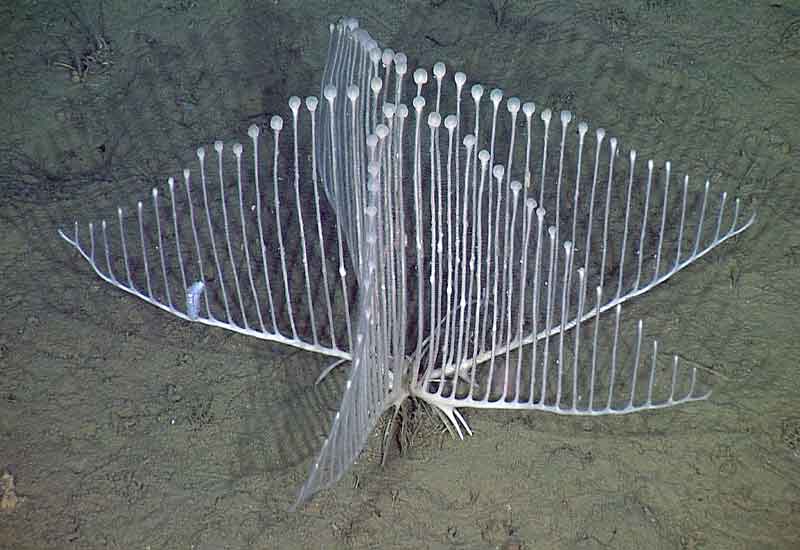
Country: NE Pacific Ocean; USA: California
the harp sponge, is a species of carnivorous deep-sea sponge first discovered off the Californian coast living at depths of 10,800–11,500 feet (3,300–3,500 m) by Welton L. Lee, Henry M Reiswig, William C. Austin, and Lonny Lundsten from the Monterey Bay Aquarium Research Institute (MBARI).
The species was listed among the Top 10 New Species 2013 discovered in 2012 as selected by the International Institute for Species Exploration at Arizona State University out of more than 140 nominated species. Its distinctiveness is its resemblance to a poisonous snake and its presence in an area of anthropogenic exploitation. The selection was publicised on 22 May 2013.
8 – Cercopithecus lomamiensis
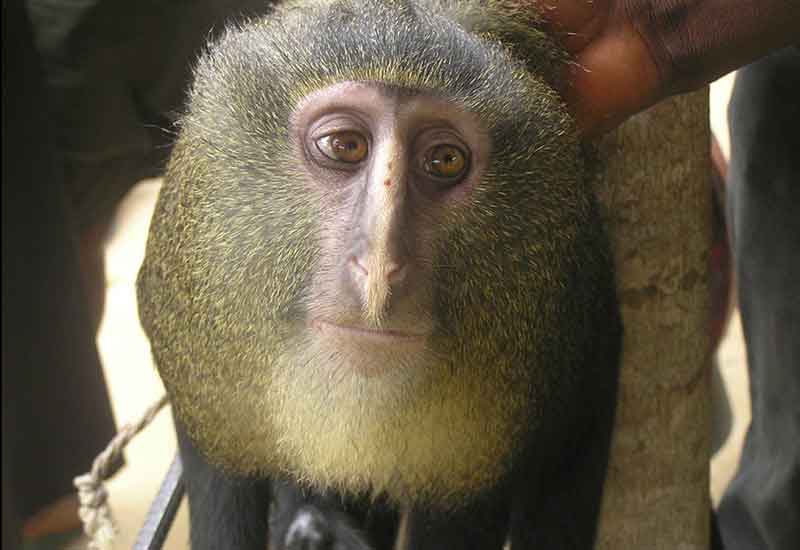
Country: Democratic Republic of the Congo
The lesula (Cercopithecus lomamiensis) is a species of Old World monkey in the guenon family, found in the Lomami Basin of the Congo. Though known to locals, it was unknown to the international scientific community until it was discovered in 2007 and confirmed in a 2012 publication. The lesula is the second new species of African monkey to be discovered since 1984. This monkey is described to have human looking eyes and a blue bottom “And adult males have a huge bare patch of skin in the buttocks, testicles and perianal area,” said John A. Hart, the researcher who described the monkey. “It’s a brilliant blue, really pretty spectacular.”
The lesula lives in rainforests in the Democratic Republic of Congo, with the 2007 specimen found in captivity in the village of Opala. Since that sighting, it has also been seen in the wild. Its range is between the Lomami and Tshuapa rivers in the central part of the country.
The lesula is vulnerable to hunting for bushmeat. Protecting the species could be challenging, as species with such a small range can go from vulnerable to seriously endangered in a few years. The lesula’s range is within the Tshuapa–Lomami–Lualaba Conservation Landscape, and the Lomami National Park has been proposed to protect this and other species in the region.
7 – Sibon noalamina
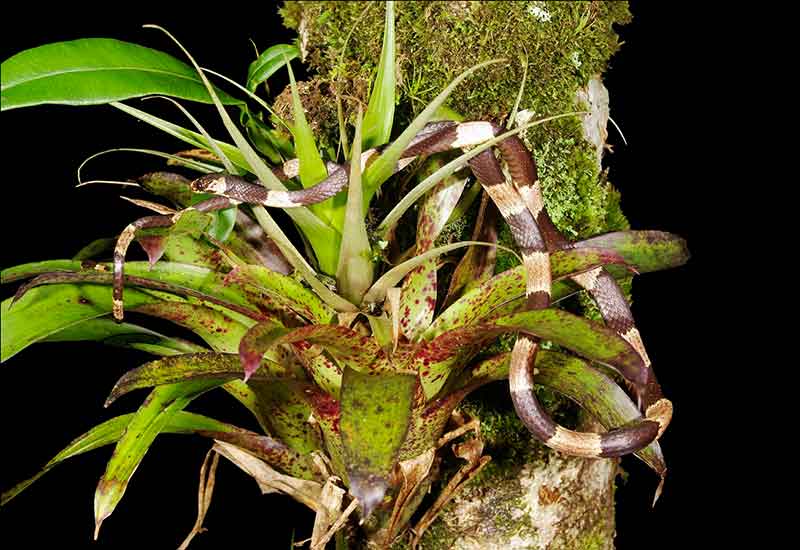
Country: Panama
Sibon noalamina is a species of snail-eating snake discovered in 2012 from western Panama. It belongs to the genus Sibon. It has a striking defensive mechanism from predators by mimicking the light and dark stripes of poisonous coral snake
The species was listed among the Top 10 New Species 2013 discovered in 2012 as selected by the International Institute for Species Exploration at Arizona State University out of more than 140 nominated species. Its distinctiveness is its resemblance to a poisonous snake and its presence in an area of anthropogenic exploitation. The selection was publicised on 22 May 2013.
6 – Ochroconis anomala
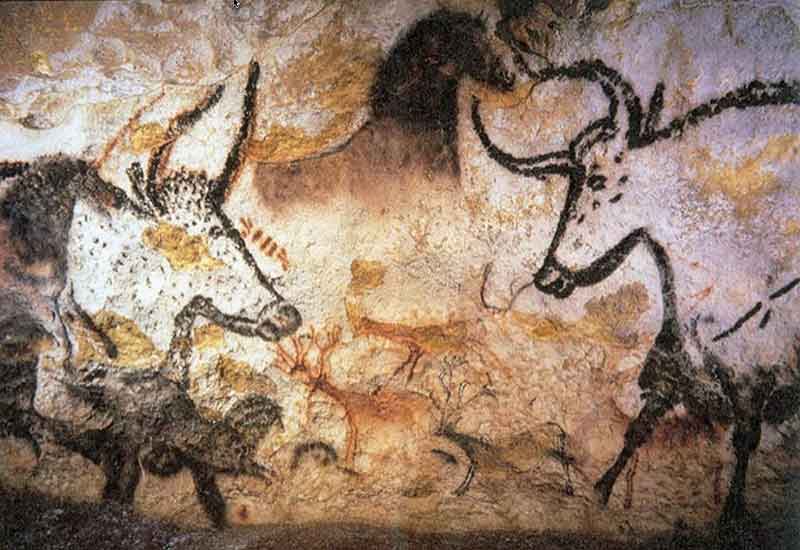
Country: France
Ochroconis anomala is a species of fungus of the Ascomycota group described in 2012. It was isolated from the black stains that appeared on the walls of Lascaux Cave in France. The species was discovered along with a closely related O. lascauxensis. The species are regarded as a threat to the prehistoric paintings of the cave.
The fungus was honoured as one of the “Top 10 New Species” discovered in 2012 selected by the International Institute for Species Exploration at Arizona State University among more than 140 nominated species. The uniqueness is its recent emergence and serious threat to the cave painting. The selection was declared on 22 May 2013.
5 – Paedophryne amanuensis
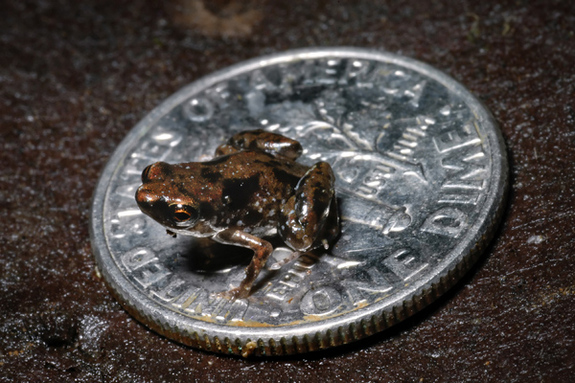
Country: New Guinea
Paedophryne amauensis is a species of frog from Papua New Guinea discovered in August 2009 and formally described in January 2012. At 7.7 mm (0.30 in) in length, it is the world’s smallest known vertebrate.
The newly described frog species was listed in the Top 10 New Species 2013 by the International Institute for Species Exploration for discoveries made during 2012. The list was announced on 22 May 2013.
4 – Eugenia petrikensis

Country: Madagascar
Eugenia petrikensis is a species of flowering plants belonging to the genus Eugenia and was described in 2012. It is a large shrub with magenta-coloured flowers and was discovered from Toliara Province at the eastern shoreline of Madagascar. It is one of the seven novel species of Eugenia described from the region, in addition to E. guajavoides, E. manonae, E. stictophylla, E. roseopetiolata and E. stibephylla. It is an endangered species according to the IUCN Red List. The specific name is derived from the name of the area, Petriky, from where it was discovered.
The plant was among the Top 10 New Species discovered in 2012 selected by the International Institute for Species Exploration at Arizona State University out of more than 140 nominated species among more than 18,000 new species. The uniqueness is its rare occurrence, a large shrub with its beautiful bunch of flowers hanging on its branchlets. The selection was publicised on 22 May 2013.
3 – Lucihormetica luckae
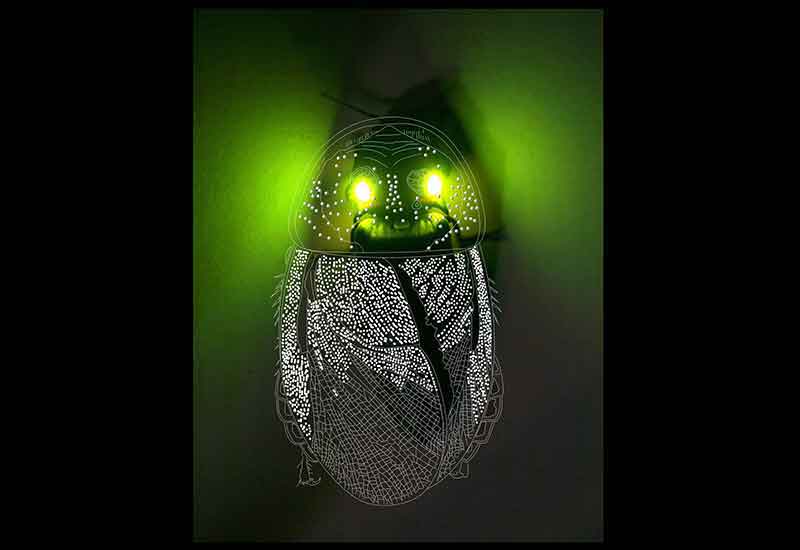
Country: Ecuador
Lucihormetica luckae is a species of giant cockroach (Blaberidae). The species may be threatened, as no new specimens have been found since Tungurahua, the South American volcano that served as the species’s habitat, erupted in 2010.
L. luckae’s back carapace features two large and one small spots inhabited by bacteria that glow when exposed to fluorescent light. The evolutionary purpose of this bioluminescence is likely to mimic the appearance of the toxic click beetle (Pyrophorus) that emits light at the same wavelength. This makes it likely that L. luckae is the first known species to use bioluminescence for defensive mimicry.
The back shell of L. luckae has been noted for its resemblance to Jawas, fictional creatures from the Star Wars science fiction media franchise.
The species was listed among the Top 10 New Species 2013 discovered in 2012 as selected by the International Institute for Species Exploration at Arizona State University out of more than 140 nominated species. Its distinctiveness is its resemblance to a poisonous snake and its presence in an area of anthropogenic exploitation. The selection was publicised on 22 May 2013.
2 – Semachrysa jade
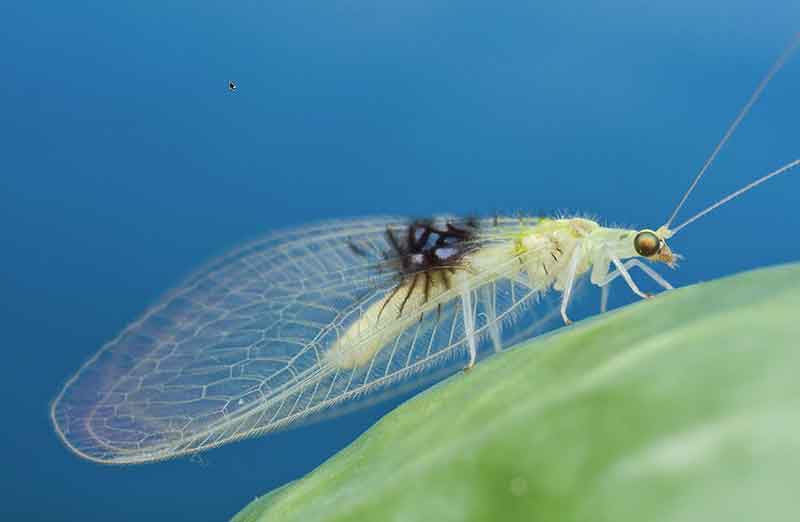
Country: Malaysia
Semachrysa jade is a species of green lacewing from the Malaysian provinces Selangor and Sabah. So far, very few specimens have been found, all female. They exhibit extensive black markings on the basal portion of both wings, which differentiates them from the 14 other species in the genus Semachrysa.
The species was discovered when a Malaysian amateur photographer posted a picture of it to the online photo-sharing site Flickr. A California state entomologist saw it and was unable to identify the species; nor were any colleagues he shared the image with. Eventually, he contacted the photographer and was able to obtain a specimen. Further testing at the Natural History Museum in London confirmed that it was indeed a new species. Its discovery has been described as a triumph of citizen science.
1 – Juracimbrophlebia ginkgofolia
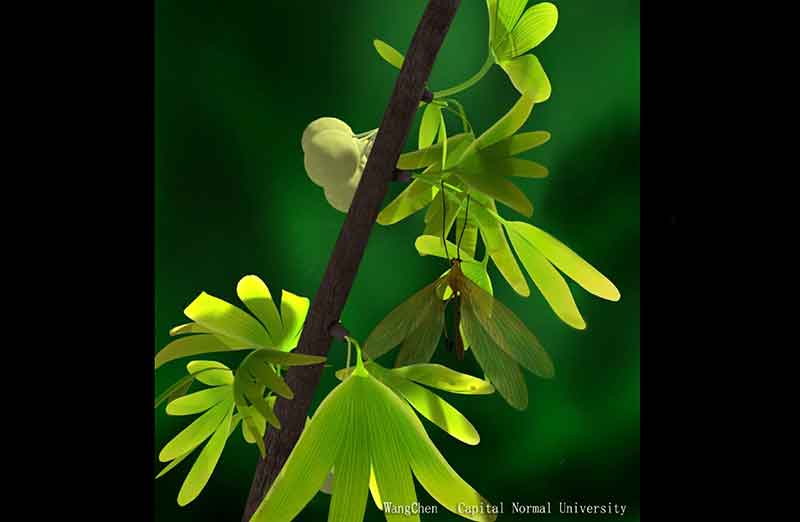
Country: China
Juracimbrophlebia is an extinct genus of hangingflies that lived during the Middle Jurassic Period about 165 million years ago. The type species was discovered from Daohugou in northeastern China’s Inner Mongolia.
The insect was selected by the International Institute for Species Exploration at Arizona State University as one of the Top 10 New Species discovered in 2012 out of more than 140 nominated species. The uniqueness is its striking resemblance to the fossilised leaves with which it was discovered, indicating one of the earliest instances of biological mimicry. The selection was announced on 22 May 2013.

I honestly enjoyed the pictures here 🙂
I really enjoyed my visit to your website. 😀 I’ll be back.